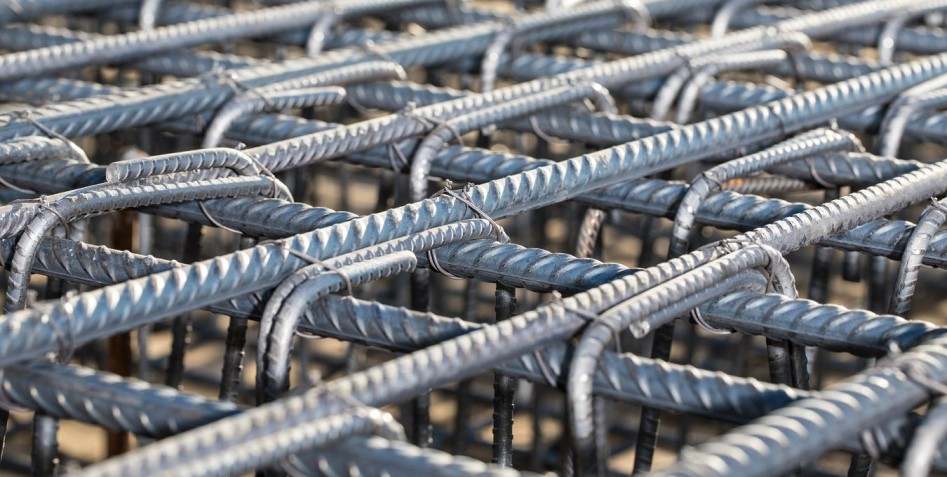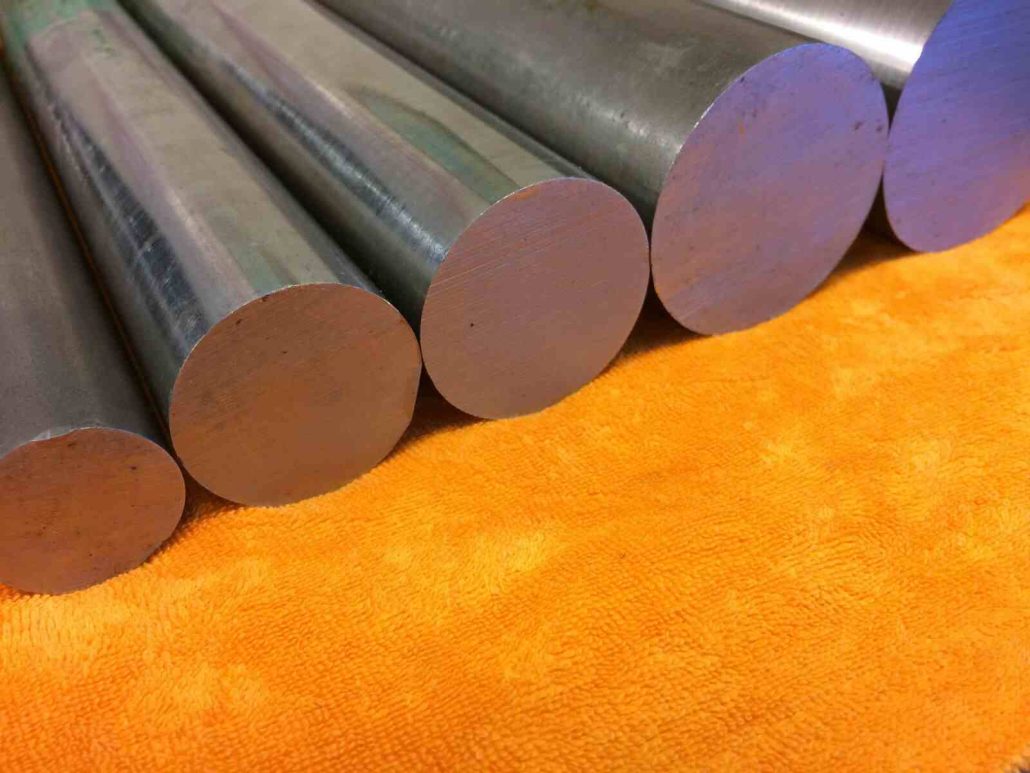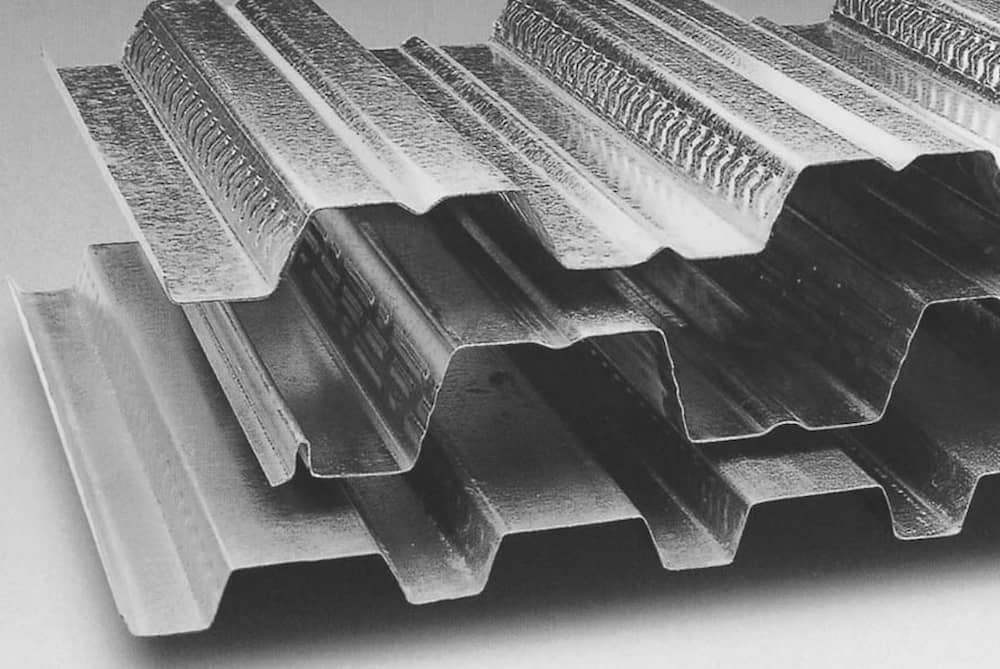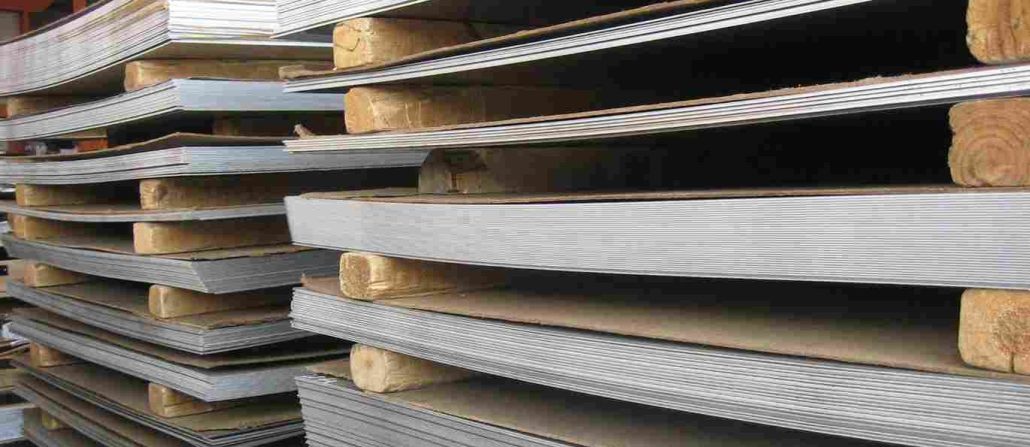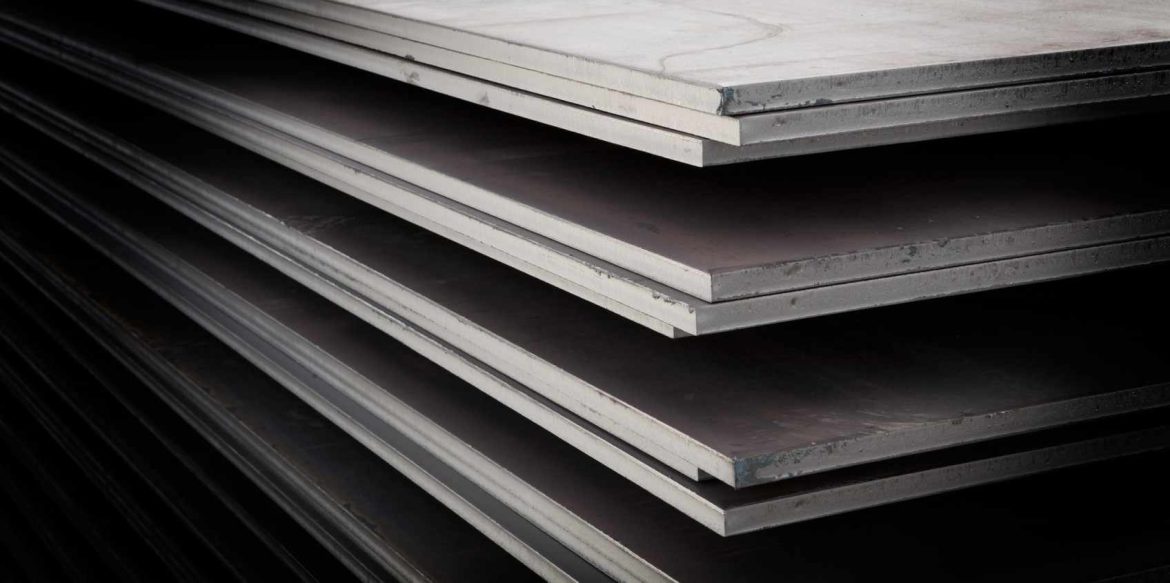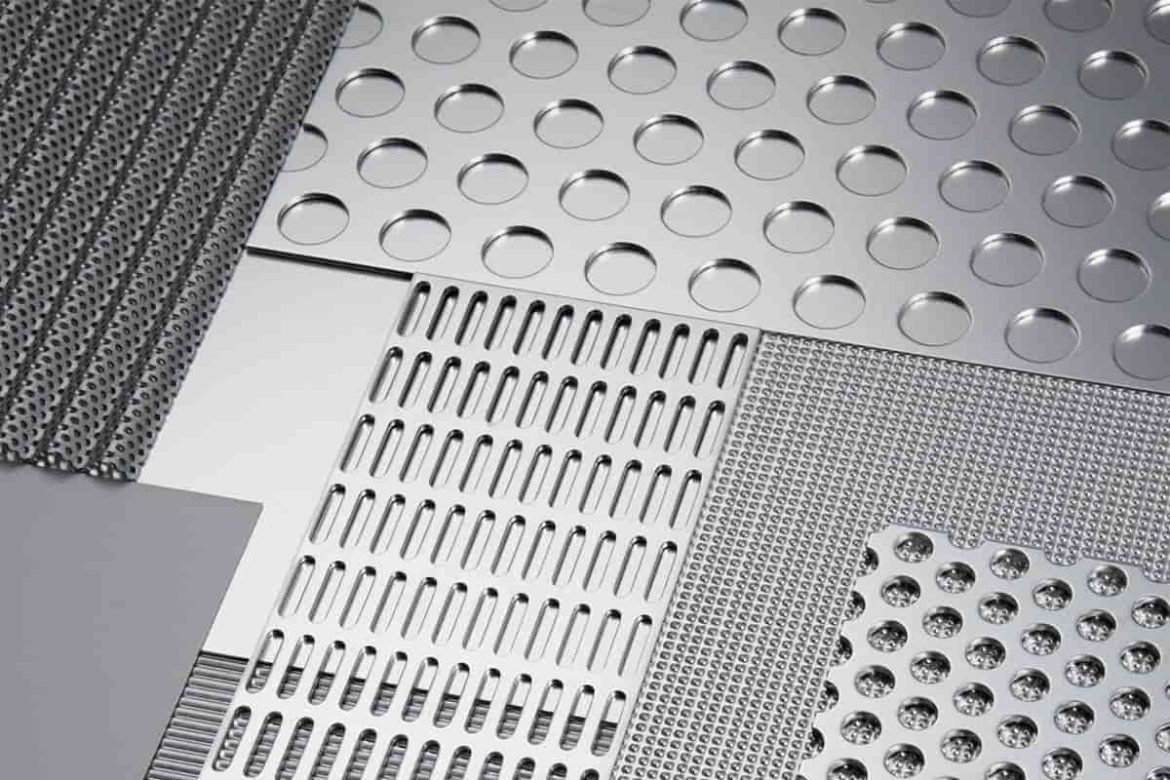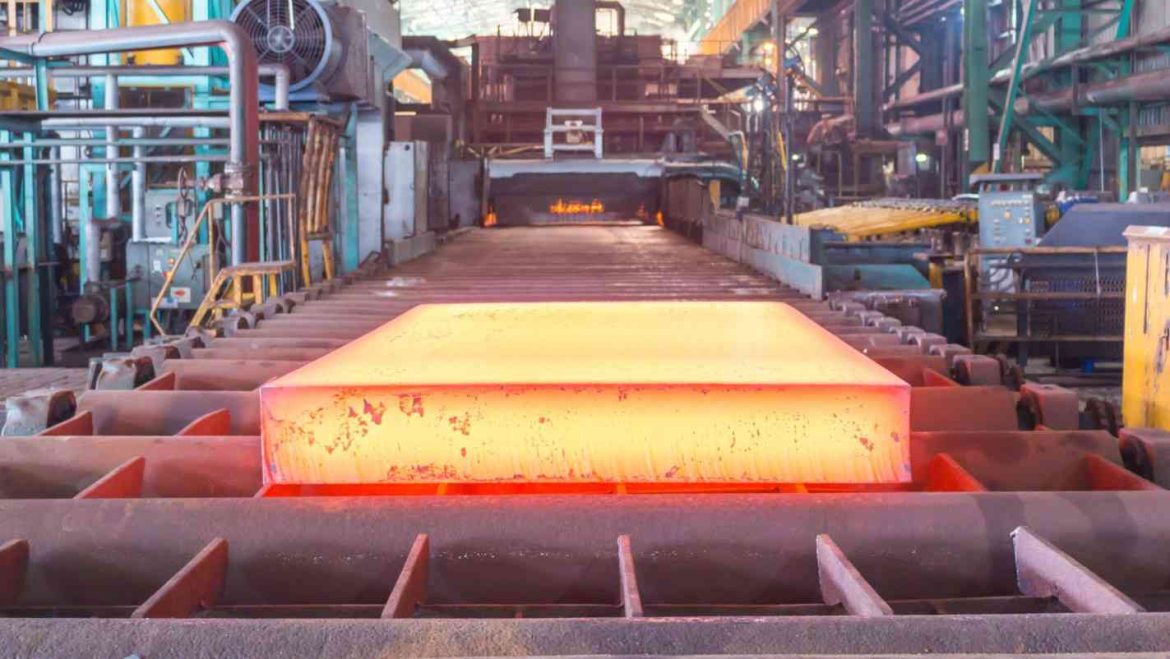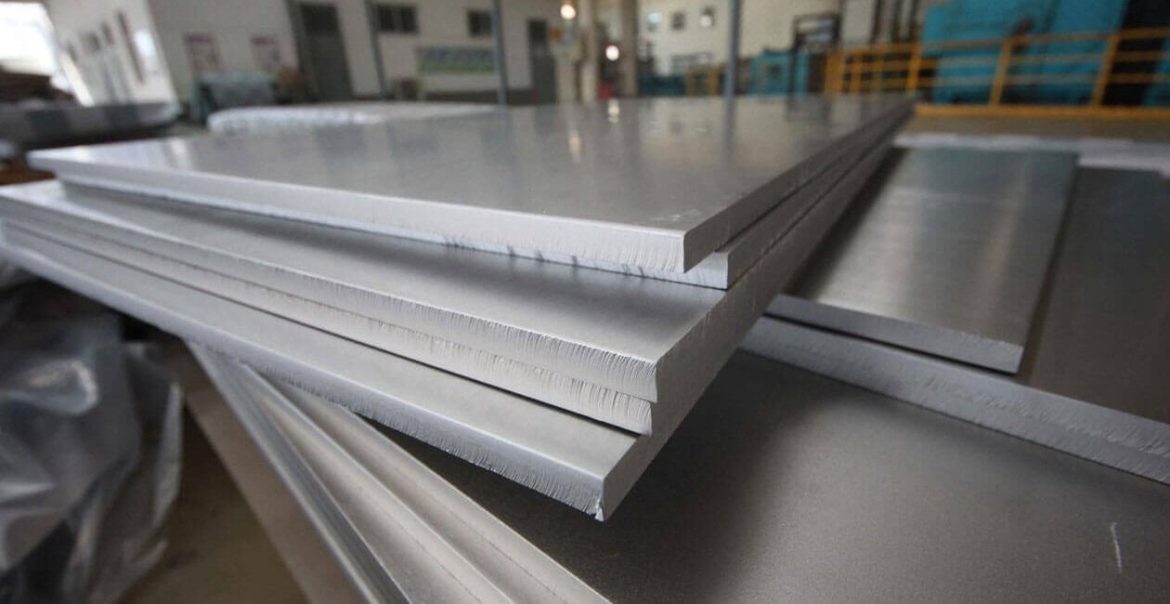French black steel sheet | Buy at a Cheap Price
Steel is respected in the building sector for its structural and long-lasting characteristics
Concrete and wood are inferior to steel in terms of strength and durability
Consumers value steel’s many advantages, making it the material of choice for the bulk of construction projects
Steel building construction frequently uses clearspan, modular, and single-slope frames
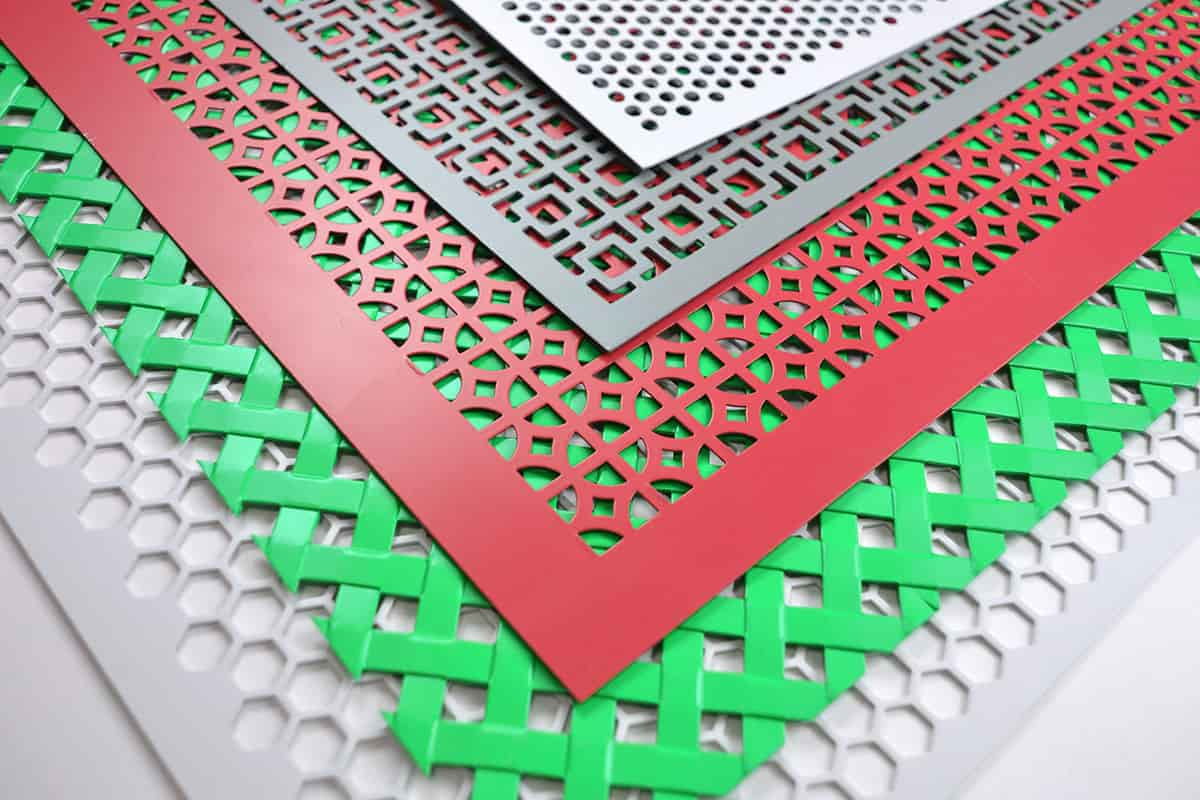
Steel has risen to the top of the list of preferred building materials as a result of its many advantages, including its ease of manufacture and quick construction
It is superior to all other building materials in terms of its ability to construct structures
Only steel possesses equal strength and durability
Structural steel is the material of choice in the modern construction industry
Numerous structural elements are needed for steel structures
Steel is the most popular building material since it is also quicker to construct
In light of this, we will go through the many varieties of steel and what they can do for you in this article
To find out more about this dependable and adaptable building material, keep reading
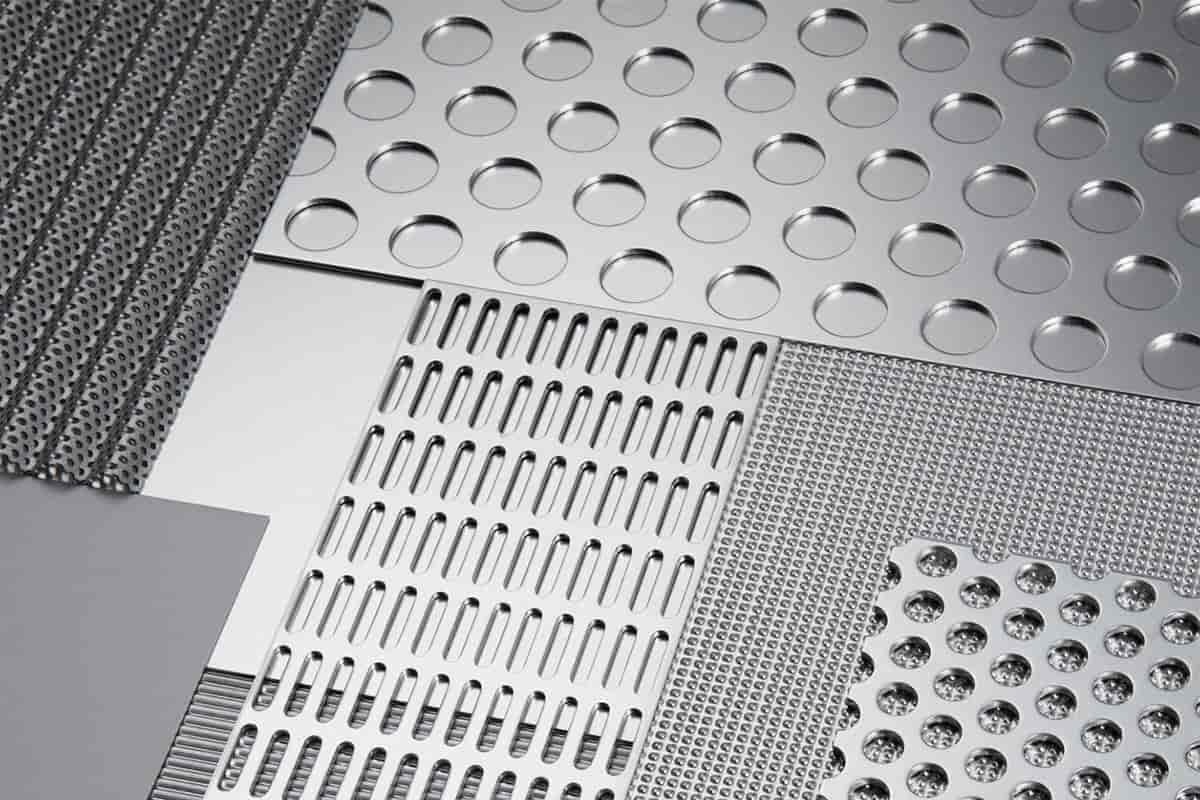
french black steel sheet pans
The quality of french black steel sheets is well known for their suitability for baking and cooking
The pans created using this technique are typically used in kitchens for high-quality cooking
Rimmed and unrimmed baking sheets are divided into two groups with additional differences in construction materials and aesthetic elements
Rimmed baking sheets are more convenient for most home bakers, even though some expert bakers swear by unrimmed sheets for their greater air circulation and straightforward design
Rimmed baking sheets are true multitaskers because of their spill-proof edges: They are equally useful for making flawless sheet cakes and chocolate chip cookies as they are for roasting root vegetables, toasting almonds, baking poultry, and supporting a deep dish pizza
You may easily clean a setup for broiling meat cuts, draining fried items, and cooling and frosting cupcakes and cookies by placing a wire cooling rack inside one

A good baking sheet should heat up effectively and fast without twisting or warping, produce baked items that are evenly cooked and tender, and clean up simply without sticking or scratching, whether you select a rimmed model or an unrimmed one, a nonstick surface or a natural one
Although “baking sheet” and “cookie sheet” are frequently used interchangeably, they differ significantly
The typical size of a baking sheet, referred to as a “half-sheet” pan, is 13 inches by 18 inches, with rimmed edges
This size fits nicely on most oven racks with just enough space around the borders for even air circulation
Rimmed half sheets are the workhorses of a commercial kitchen and are great for roasting vegetables, roasting meat, and toasting almonds in addition to baking cookies, pastries, shortbread, and sheet cakes
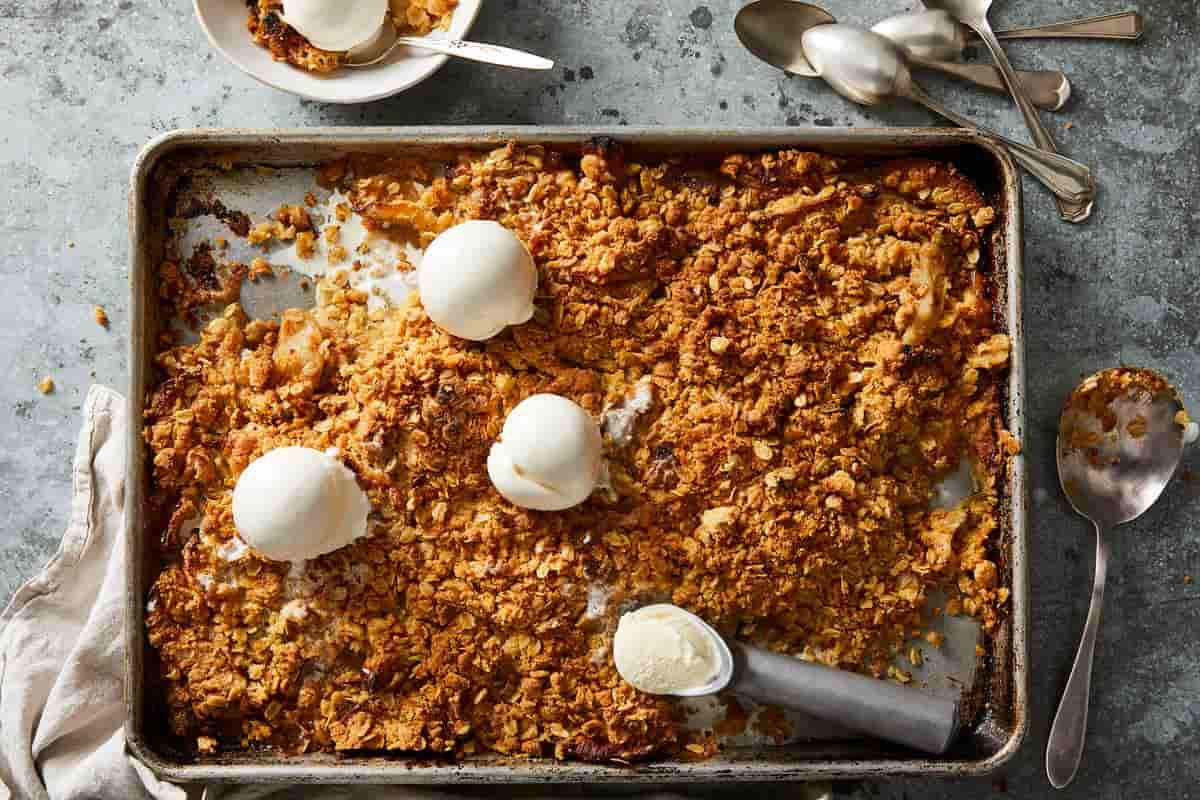
black steel sheet a4
Although steel sheets come in a variety of sizes, we pick the a4 size to better understand how they are used in the industrial market
The type of steel sheet used in many applications is the stainless steel sheet or plate
It is largely used for its durability, formability, and corrosion resistance
The type of stainless steel known as 316 or 18/10 is frequently interchanged with A4 stainless
The percentage 18/10 refers to the amount of chromium and nickel present in the substance; specifically, there is 18 percent chromium and 10 percent nickel
The A4 grade is equally austenitic, non-magnetic, and appropriate for the same kinds of circumstances as the A2 grade; however, it also has the advantage of being appropriate for use in maritime applications
Typically referred to as stainless steel of marine grade
The presence of molybdenum enhances the corrosion resistance, making the material better able to withstand the damaging effects of a wide variety of industrial chemicals, solvents, and, of course, chlorides
Used in the manufacture of inks, photography chemicals, surgical implants, and in environments including marine life
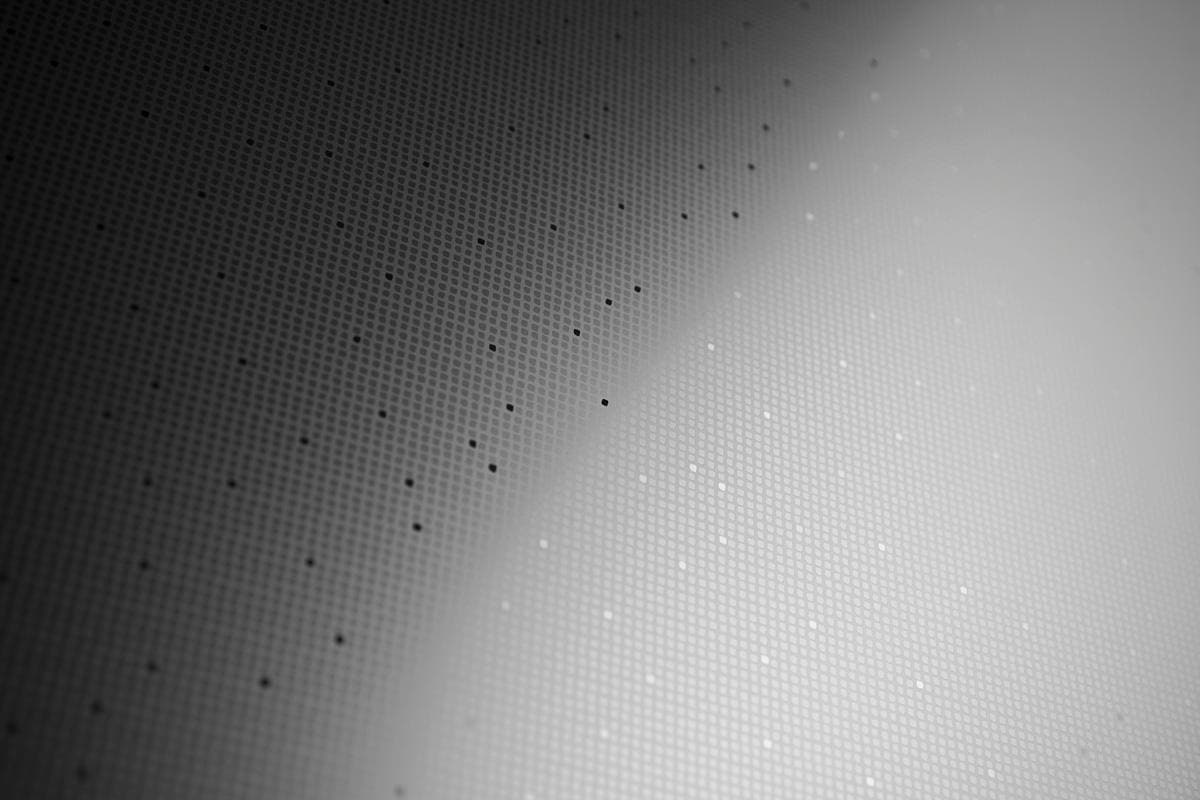
black powder coated steel sheet
When compared to traditional wet paints, powder coating offers more uniformity of thickness as well as greater color constancy than steel sheets
They are cured at greater temperatures which results in coatings that are more durable
Powder coating is employed as a decorative cover because of its ability to mask minor surface imperfections, as well as its consistent color, long-lasting high sheen, and great durability
Moreover, powder coating is extremely utilitarian as a result of its tougher finish, which is resistant to dings and scratches
Additionally, it offers coatings that are long-lasting and resistant to corrosion
In addition to this, it is safe for the environment, posing no risks to air quality and producing no hazardous waste as a consequence
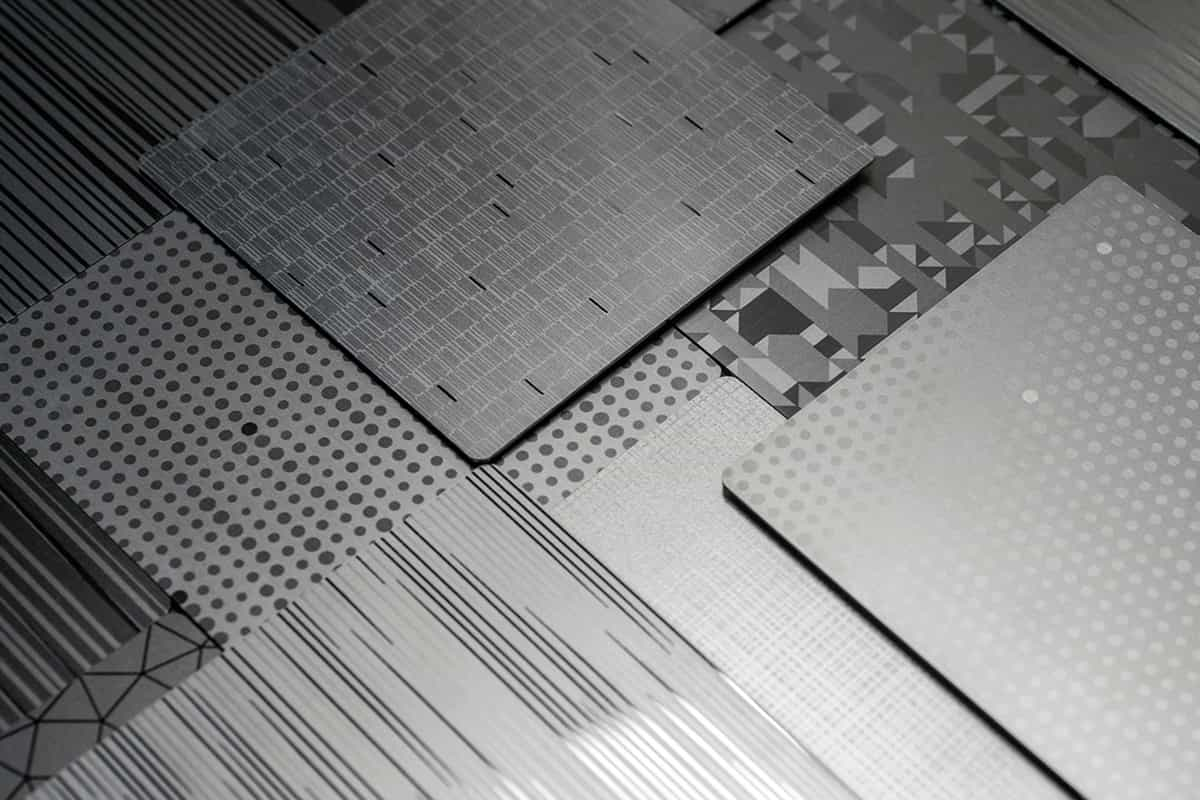
How to get ready for painting using powder coats? Clear the area you want to paint over first
You must remove any grease, dirt, and debris
Utilize a brush to sweep up any debris
Next, think about how you can guarantee that your fresh paint will stick to the surface
Use abrasive paper of a fine quality
Powder coating typically provides a slippery surface that prevents the paint from adhering
You may effectively paint on it after carefully sanding it down
Apply a suitable solvent cleaner to the area you will be painting and wipe it down
Finally, give it a warm water rinse and let it air dry

black steel sheet vs powder coated
This is the procedure for making a black steel sheet
To give a protective surface, finely ground pigment and resin particles are mixed with a safe, dry finishing technique known as powder coating
Its toxicity and flammability are both low
The finely ground pigment and resin particles are charged with static electricity and then sprayed onto electrically grounded steel to produce magnetic attraction
After that, a thin, strong layer is created by evenly melting and cooling the powder coating
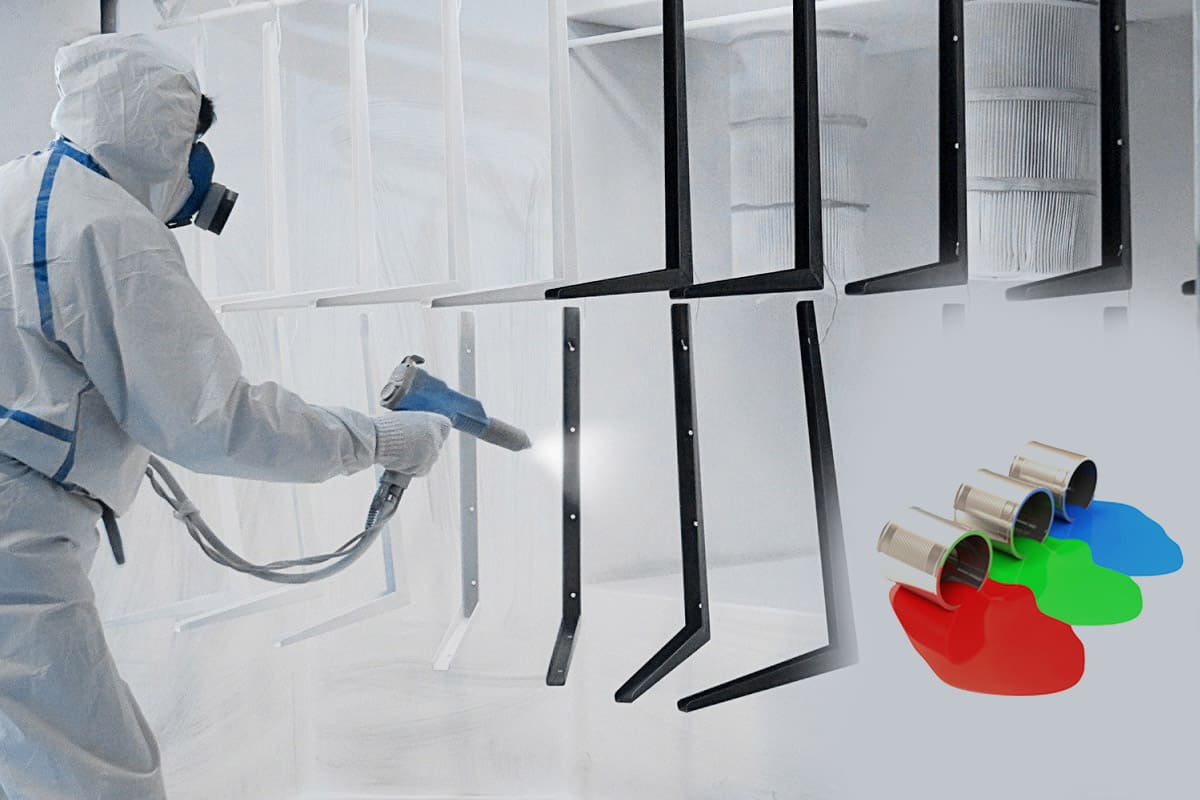
What distinguishes galvanized steel from steel that has a powder coating? The way that each of these coats safeguards the metal below is the primary distinction between galvanized steel and steel that has been powder coated
A zinc layer on galvanized steel traps dangerous substances before they reach the surface below
A protective resin layer is provided via powder coating to shield the metal surface beneath from harm
To better understand the differences, consider how various types of steel are produced
Plain carbon steel is completely cleaned before being thoroughly cleaned again and dipped into a bath of molten zinc
A metallurgical reaction takes place between the iron in the steel and the molten zinc when the steel is submerged in the metal
In order to stop corrosive chemicals, such as acid rain, from reaching the steel below, this reaction creates a thin layer that adheres to the steel
A complete protective layer of zinc can be applied in just a few minutes using hot-dip galvanizing
In order to create powder coated steel, carbon steel is first sprayed with a dry powder comprised of color and resin that has been finely pulverized
The pigment and glue are charged with static electricity before being sprayed over steel that has been electrically grounded in order for adhesion to happen
The powder coated metal is placed in a curing oven for the final step of the process, where it melts and cools into a thin, protective film that covers the steel
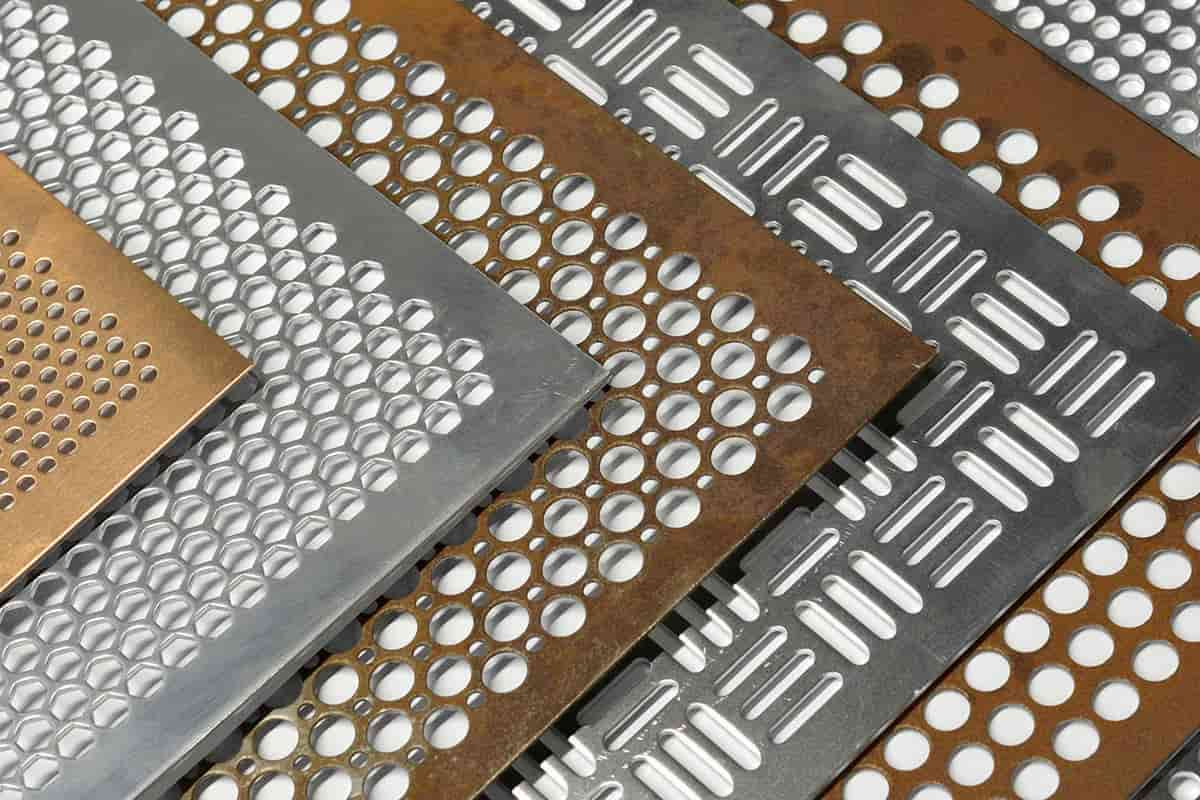
black steel sheet embossed
Metal embossing is a technique used to decorate metal sheets
The other side of the metal is embossed by pushing it with an embossing tool or stylus
The metal sheet can be positively imprinted with a flat surface that will shine or will accept color by laying it on a rubber or foam pad
Metal sheets with embossed patterns can be used to adorn objects like tins, lanterns, windows, and doors
You can also use smaller pieces to embellish greeting cards or scrapbooks
Metal embossing doesn’t require a lot of tools
Using the steps listed below, you can emboss metal using a tried-and-true technique
Making ornamentation, design, or pattern impressions on another surface, such as leather, metal, fabric, or paper, in order to create a relief is known as embossing
Regular printing or engraving procedures include pressing particular plates against the surface of a chosen material to produce an imprint
However, embossing increases the surface area rather than leaving an imprint, giving the new product an additional dimension
The procedure of embossing adds refinement
The material that has been embossed is altered by the procedure
In most cases, it raises the bar for product quality in comparison to other printing techniques
A notary embossed seal can have a significant positive influence on a standard piece of paper
In a similar vein, an embossed wedding invitation significantly alters the message it conveys
Now that the wedding has been announced, the invitation lets the receiver know that a formal ceremony and a high-profile wedding are both planned for the event

black steel sheet holes
Perforated steel sheet is the name given to metal sheets with holes in them
Numerous products, such as auto parts, computers, rock quarries, home appliances, cooking, and serving utensils, commercial signs, and retail shelving, use perforated aluminum or mild steel sheet
Depending on the metal and the intended use, different perforated sheet metal manufacturing processes are used
Copper, mild steel, galvanized steel, and stainless steel are frequently used in the manufacture of perforated sheet metal
The raw metals’ width and gauge can also differ and have an impact on the production processes
The most popular perforated metals are made of mild steel and aluminum because they are both strong and versatile
Given the enormous demand for perforated mild steel and other metals, it is vital that the perforation process itself be quick and affordable
A metal sheet is put through a machine that perforates the metal by employing hole punches
Due to the high temperatures caused by the metal-on-metal contact, the hole punches are normally cooled with lubricating oil
The perforating punches continuously travel up and down while in operation, puncturing the metal
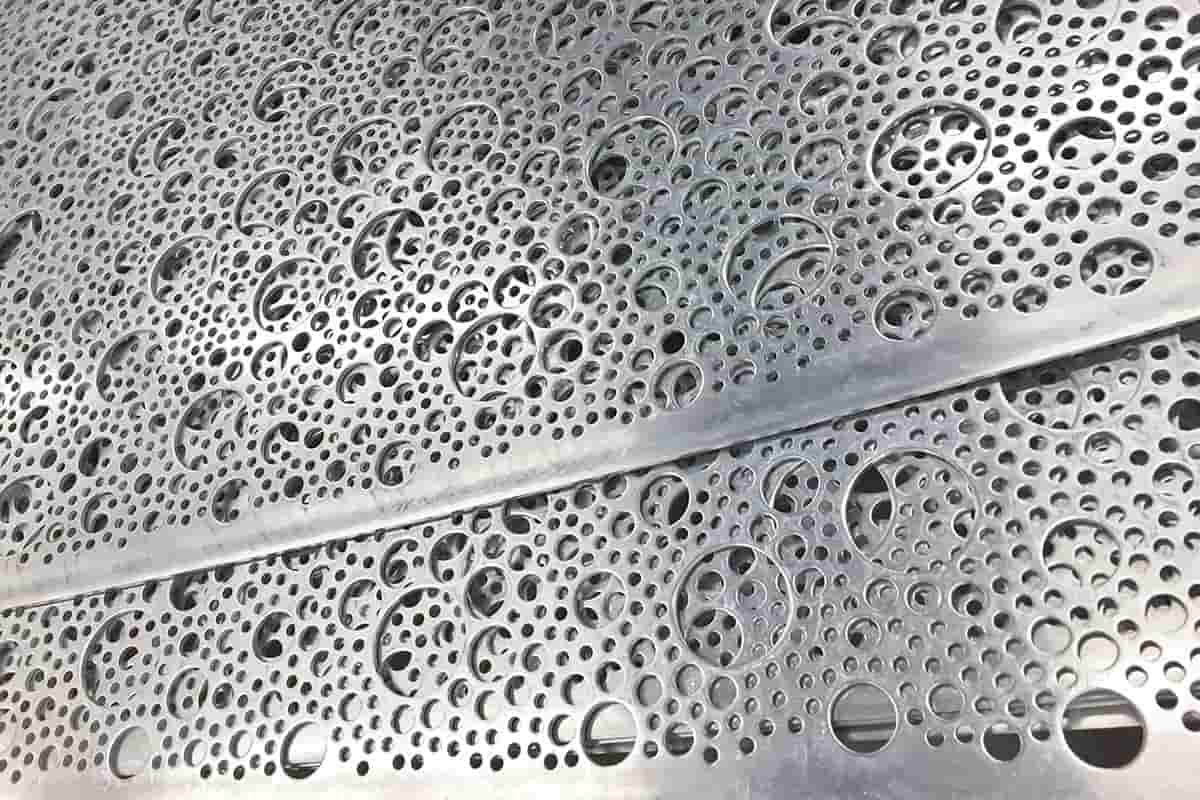
The size and shape of the holes are determined by the perforating instruments
The perforating punch punctures the metal in a line across each stroke
Whether the perforating punches create a single row or several lines of holes also depends on the perforating equipment utilized
The choice of metals, width, gauge, hole size and shape is determined by the application to which the perforated metal will be placed
For instance, filtering applications commonly use perforated metal with exceedingly small pores
Each application requires a specific perforation design
Most uses for perforated sheet metal are utilitarian in nature, but aesthetic patterns are also called for
Often, metal providers may custom-design perforation patterns to match customers’ specific needs
It seems as though steel is utilized in every facet of our cultural heritage
Steel is a versatile material that is utilized in the construction of a wide variety of items, some of which include homes, schools, hospitals, bridges, automobiles, and trucks
For the construction of wind turbines, solar panels, dams, and electric vehicles, steel will be required in variable amounts

Because of this, steel is an essential component in the transition to a new energy source
In the impending shift toward alternative energy sources, steel will also play an important role
Since 1970, there has been more than threefold growth in the demand for steel all across the world
It is anticipated that this pattern will continue as economies continue to grow, urbanize, become more consumer-oriented, and boost their spending on infrastructure
This valuable metal, its derivatives, as well as the semi-finished and finished products that can be manufactured from it, are all put up for sale and distributed over the globe
Our growth into the supplier and service that we are now is a direct result of our years of industry experience
To make a purchase or get some help, you need only to fill out the inquiry form
